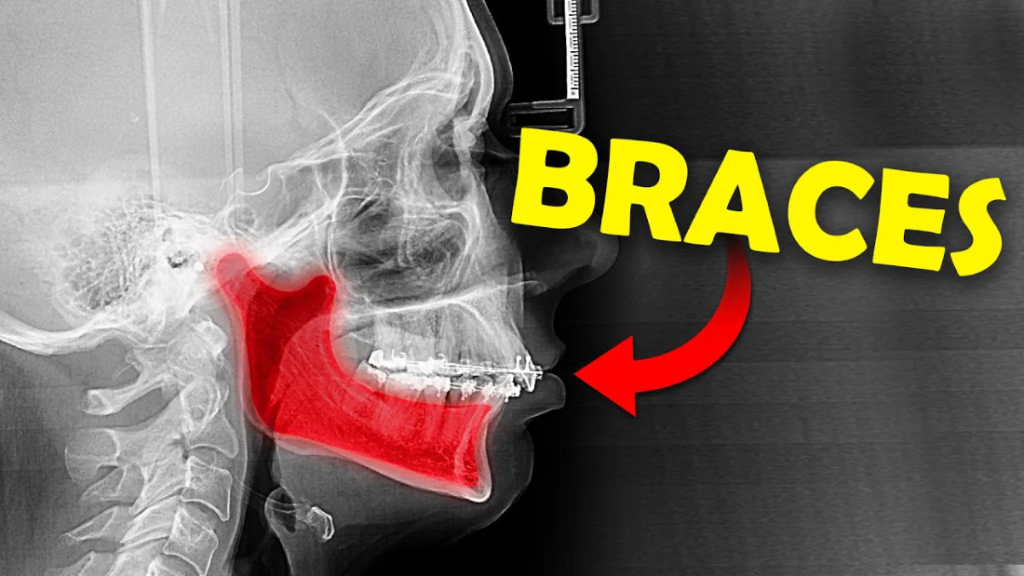Discovering Relief: Orthodontic Solutions for TMJ Pain and Discomfort
January 24th, 2024

Are you suffering from TMJ pain and discomfort? If so, you're not alone. Temporomandibular joint (TMJ) disorders can cause a range of symptoms, including jaw pain, headaches, and difficulty chewing. The good news is that effective orthodontic treatments can help alleviate these issues.
Understanding TMJ Disorders:
Before we dive into how orthodontic treatments and surgery can help, let's first understand what TMJ disorders are. The TMJ is the joint that connects your jaw to your skull, allowing you to move your jaw up and down and side to side. When this joint becomes dysfunctional, it can lead to a range of problems, collectively known as TMJ disorders.
Common Symptoms of TMJ Disorders:
- Jaw pain or soreness
- Frequent headaches or migraines
- Clicking or popping sounds when opening or closing the mouth
- Difficulty opening or closing the mouth
- Earaches
- Facial pain
- Neck and shoulder pain
- Locking of the jaw
How Orthodontic Treatments and Surgery Can Help:
Orthodontic treatments and/or surgery can be a game-changer for individuals suffering from TMJ disorders. Here's how:
Braces: Braces are a common orthodontic solution for TMJ disorders. They help correct misaligned teeth and ensure your bite is properly aligned, reducing the stress on the TMJ.
Invisalign: For those who prefer a more discreet option, Invisalign clear aligners can also be used to correct bite and alignment issues. Invisalign offers the advantage of being nearly invisible while providing effective treatment.
Orthodontic Appliances: Orthodontists may recommend orthodontic appliances to help alleviate TMJ pain. These appliances are designed to reposition the jaw and relieve pressure on the TMJ, reducing pain and discomfort.
Surgical Interventions: In some cases, surgical procedures may be recommended to address severe TMJ disorders. These surgical options can include arthroscopy, open-joint surgery, or joint replacement. Your orthodontist will evaluate your condition and discuss the appropriate surgical approach if needed.
Monitoring and Follow-Up: The orthodontic team will closely monitor your progress throughout treatment. Regular check-ups ensure that your TMJ issues are improving, and adjustments can be made as needed.
Bottom Line:
If you're suffering from TMJ pain and discomfort orthodontic treatments and surgical options, can improve your jaw's alignment, alleviate pain, and enhance your overall quality of life. Don't let TMJ disorders hold you back; schedule a consultation with Packard Family Orthodontics today and take the first step towards a pain-free, healthier smile. Book your consultation with Dr. Packard here!




